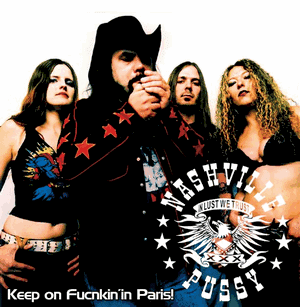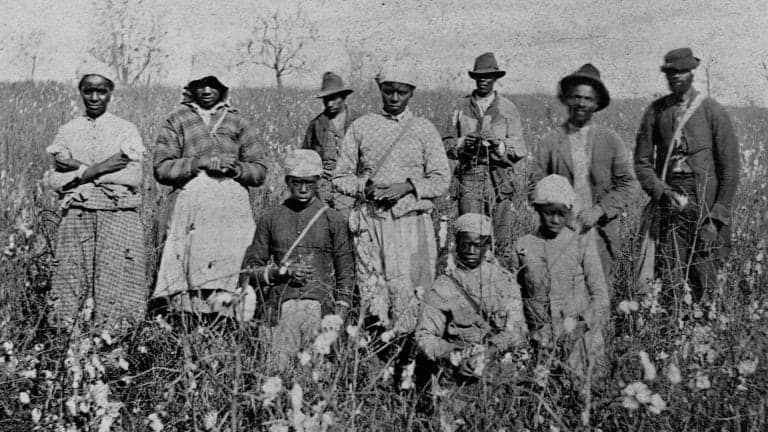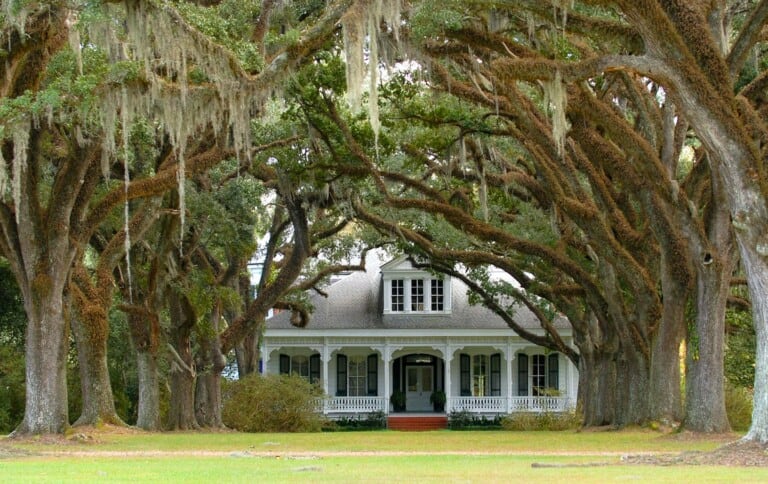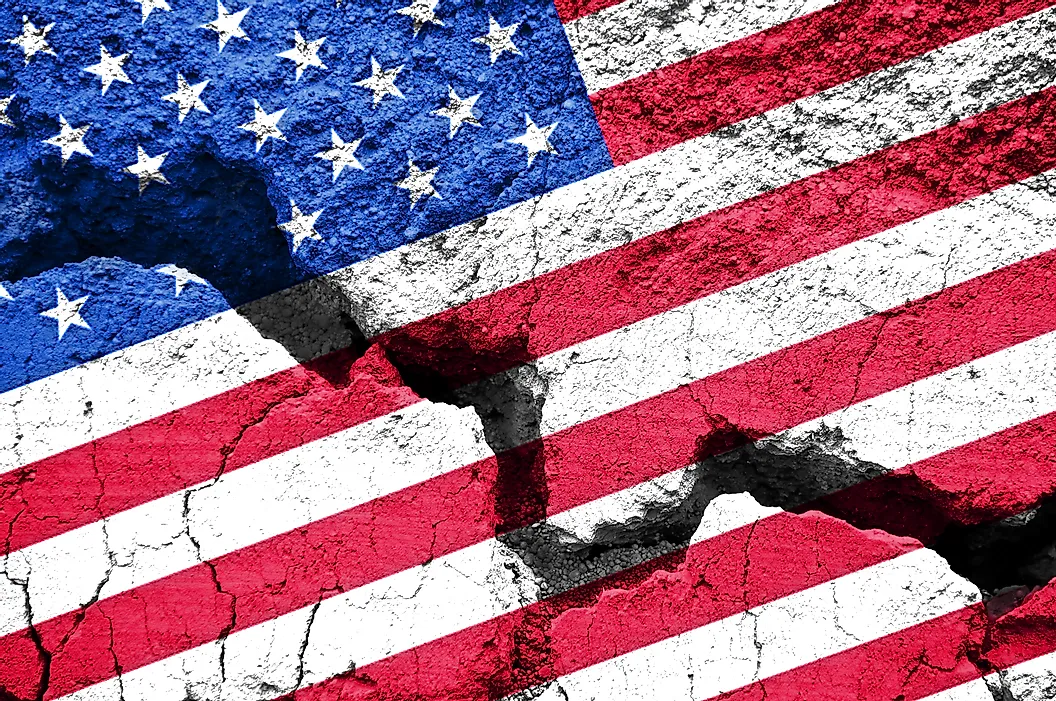Un de nos fidèles lecteurs, Bashogun, m’a récemment parlé de True Blood, une série de vampires diffusée sur HBO créée par Alan Ball d’après les romans The Southern Vampire Mysteries (aussi connus sous le nom Sookie Stackhouse) de Charlaine Harris.
La série décrit une coexistence entre vampires et humains au cœur d’une petite ville de Louisiane appelée Bon Temps (en français dans le texte). Le « Tru Blood », une boisson à base de sang de synthèse qui permet aux vampires de se nourrir, a permis aux vampires de se mêler aux humains.
Si certains essaient de s’intégrer grâce au Tru Blood, d’autres au contraire le refusent et continuent à se nourrir de sang humain.
Quant aux humains, la peur de l’inconnu les envahit et le racisme anti-vampires augmente au fur et à mesure que les meurtres se succèdent.
Au coeur de ce conflit, Sookie Stackhouse (Anna Paquin), la serveuse télépathe du Merlotte’s, rencontre Bill Compton (Stephen Moyer), un vampire dont elle est incapable de lire les pensées malgré son don de télépathie.




